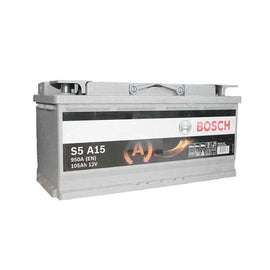At 800CarGuru, we understand the love for all things related to cars. A crowd favorite topic is Vintage Cars.
Vintage cars are commonly regarded as the cars and automobiles that were produced at the start of the second decade of the 1900s and ended about a decade after. A good starting point for this era was when the First World War ended. Its end date though is a little murky, but many experts insist that it was in the end of 1930. That is why some vehicles produced after 1925, which some American vintage car experts say is the end of the era, are considered to be classic cars as well as vintage cars. There are also those that considered the end of the First World War and the start of the Second World War as the vintage car era.
Either way, the vintage car era was when many automotive experts, enthusiasts and aficionados consider as one of the greatest eras in automotive history. This is because many innovations were installed, and more people could afford them. Before this era, car ownership was next to impossible but before the vintage car era ended, numerous families owned a car.
Why was there a sudden upsurge in vehicle production? There are various factors which include the fact that the economy was at an all-time high, roads were being paved and the vehicles were becoming practical, convenient, and affordable. Because cars were in great demand, many car companies were created, and they all jostled for sales.
But because of the stiff completion and the surging slide of the economy resulting to the great depression in 1929, many of these car companies folded and only about 10 percent of them survived. Some of those that folded were small automotive companies that could not handle the unpaid bills and were producing subpar vehicles that could not withstand the test of time.
Some of those companies though, like Ford, Hudson, Oldsmobile, Daimler, Dodge, Chrysler, and DeSoto, were able to produce cars that were stamped with quality and durability – to date some of their products are still road worthy. These companies were able to produce vehicles and automobiles that were considered luxurious and highly durable. Automotive innovations like in car heating, a radio, better engines, and the introduction of anti-freezing allowed these cars to be used anywhere and at any time with utmost luxury and comfort.
Today, a number of these cars still exist, and most are still regarded as road worthy. But they do not ply the roads as often as they did then. Now they are usually considered more as valuable collections. Several car buffs regard vintage cars as the trophies of their collections and showcase them in car shows.
Some of these vintage cars are salvaged from junk yards or from abandoned garages and are restored to their full glory. This, however, comes with an expensive price tag. If you have a vintage car that has numerous problems, looking for parts to restore it can become a problem. Parts for vintage cars are hard to find and if you ever find one, they may be a bit pricey. But do not fret. With some perseverance and a truckload of patience, a vintage car restoration project can be very rewarding. Because not many vintage cars can be seen today, being an owner of a fully restored vintage car can be a great source of pride and for individuality.





